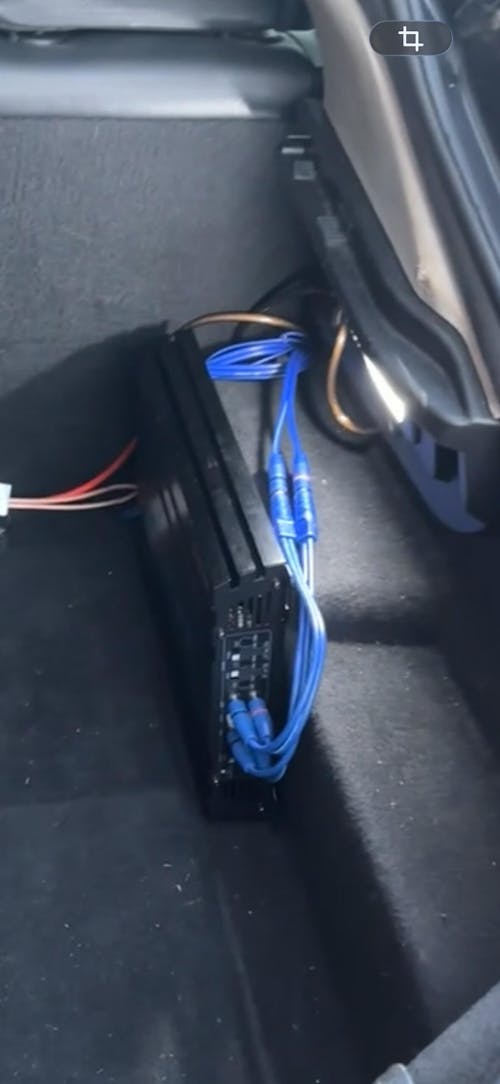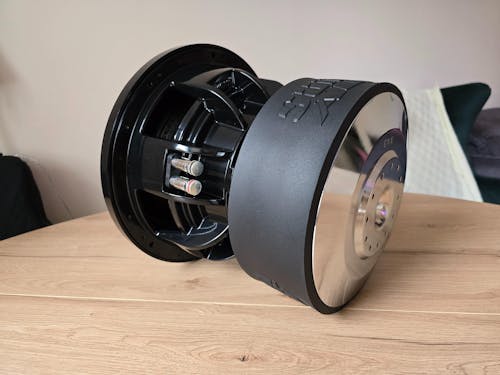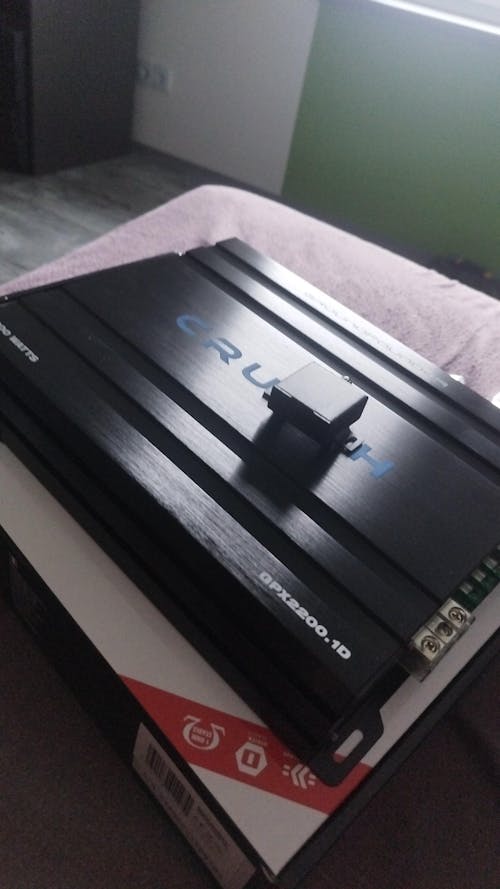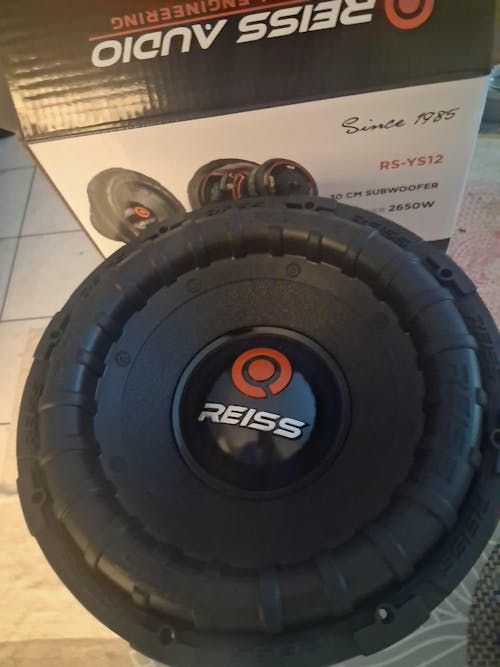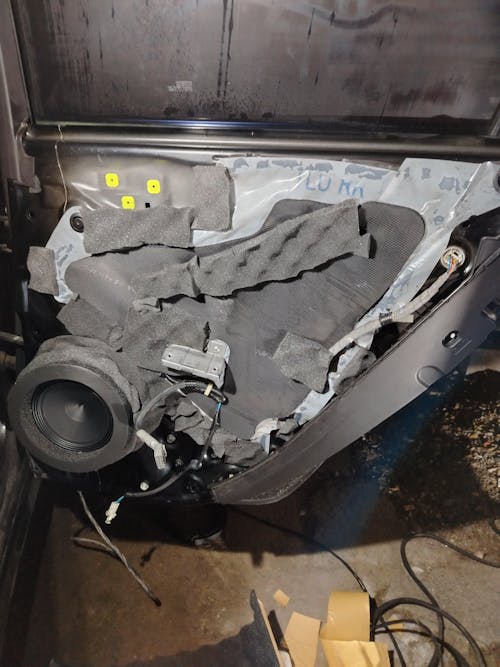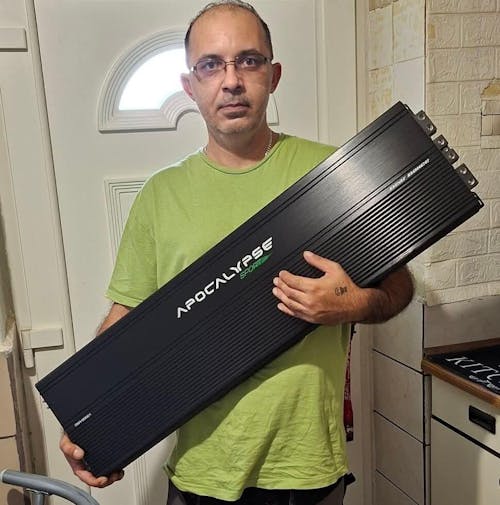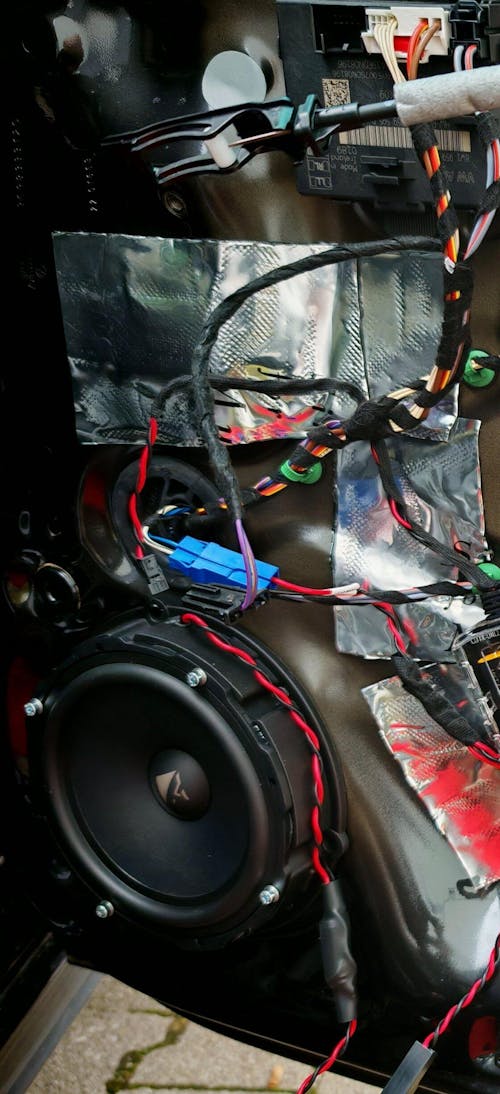13-channel DSP cheap online buy in the car audio online shop Masori
A 13-channel DSP opens up completely new possibilities in the field of car audio for the precise control of each individual audio channel. With powerful digital signal processors, frequency ranges, levels, phase, and time delay are controlled in real time to precisely tune the sound inside the vehicle. Especially for vehicles from Audi, BMW, VW, Mercedes, SEAT, or Opel, a tailored integration can be achieved thanks to plug & play options without affecting the original design. This article highlights the technical aspects, installation tips, recommended accessory solutions, as well as differences between Audio System and Audison – all to optimally and individually shape the sound in the car.
Technical specifications and range of applications in the car audio sector
For an advanced 13-channel DSP, passionate car audio enthusiasts value the following performance features:
- Sampling rates of up to 96 kHz for detailed audio signals
- 24-bit resolution to minimize distortion in sound
- Maximum output power of around 500 watts
- Impedance matching to 4 ohms for stable signal transmission
- Multiple analog RCA and digital (optical or coaxial) inputs
- High number of channels (e.g., 13) for complex multi-way systems
The range of applications extends from subtle sound upgrades in compact cars to professional sound optimization in luxury vehicles. Through precise timing adjustments, subwoofers, midrange speakers, and tweeters can be coordinated to specifically influence the acoustic effects inside the car. If needed, plug-and-play wiring harnesses are available to enable nearly lossless and hassle-free integration into factory-installed car radios.
Tabular overview of the most important specifications
| Technical feature |
Typical value |
| Frequency response |
20 Hz – 20 kHz |
| Sampling rate |
96 kHz |
| Bit Depth |
24 Bit |
| Inputs |
8x RCA, 1x optical (variable) |
| Outputs |
13x RCA |
| Max. Output Power |
500 W |
| Impedance |
4 Ohm |
DSP functions for individual sound optimization
The 13-channel DSP allows for a variety of adjustments to the audio signal via the DSP software. These include:
-
Crossover networks: High-pass and low-pass filters for different speaker groups to avoid frequency overlaps.
-
Equalizer: Parametric and graphic equalizers to specifically reduce or emphasize frequency ranges.
-
Phase correction: Minimizes phase errors between subwoofer and door speaker.
-
Time Alignment: Compensates for the distances of the individual speakers to the listener, thereby improving the stereo soundstage.
-
Speaker Management: Separates control of each channel for fine-tuning on doors, dashboard, or rear shelf.
The goal is to provide the user with the most realistic soundstage possible. Whether classical, rock, techno, or hip-hop – every music genre benefits from a precisely configured system. Especially for listening situations with demanding multichannel music formats, the finest details in mids and highs can be brought out.
Comparison: Audio System and Audison in the 13-Channel DSP Class
Both Audio System and Audison stand for high-quality car audio solutions with advanced DSP features. The main differences lie in the software philosophy and connection options:
-
Audio System: Often user-friendly interfaces and simple presets, ideal for beginners and advanced users. The systems are known for their robust construction and versatility, including subwoofer configurations or elaborate 3-way setups.
-
Audison: Known for extremely precise parameter control and professional features. The available presets assist with quick setup. Many users appreciate the sophisticated graphical interface for very subtle adjustments. High-quality components in the signal processing ensure detailed reproduction even in complex musical passages.
Both brands offer the possibility to connect additional controllers or displays to flexibly change the settings even while driving. In addition, regular firmware updates are common, providing new filter variants or bug fixes.
Important Installation Tips and Accessories for the 13-Channel DSP
To ensure the result is convincing from the start, careful planning and suitable accessories are indispensable:
- Clean power supply with high-quality power cables (e.g., 20 mm² or 35 mm² cross-section)
- Fused positive cables including fuse holder near the vehicle battery
- Solid ground connection to a metallic bare ground point polished smooth
- Optional power line filter to suppress alternator or ignition noise
- Stable RCA cabling with shielding for noise and interference-free performance
- Adapter for vehicle-specific plug systems in models from Audi, VW, or BMW
- If needed, separate remote control or controller to access different sound presets in the car
It should be noted that the DSP can generate significant heat. Therefore, a well-ventilated installation location is recommended, for example in the trunk or under the front passenger seat. If there are any uncertainties, the Masori team with installation service in Frankfurt Oder is available to professionally carry out the sound upgrade.
Installation process in brief steps
-
Preparation: Measurement of available space, selection of suitable amplifiers and speakers.
-
Wiring: Lay power lines and signal cables separately to minimize interference.
-
Assembly: Secure the main unit, DSP, and, if applicable, external amplifiers safely.
-
Initial configuration: Basic setting of the filters, checking all channels for signal, test run with music.
-
Feintuning: Adjust frequency ranges, calibrate time alignment, perform equalizing.
Software, updates and AI-powered support at Masori
The associated DSP software from the manufacturers enables:
- Visual representation of all filters, frequency bands, and delay times
- Storage and retrieval of different sound profiles per vehicle
- Data transfer to the DSP via USB connection or network interface
Masori additionally offers an AI chatbot that helps with questions about compatibility between amplifiers, DSPs, and the speakers installed in the car. In addition, the "FAQ & Help" section contains detailed instructions on the DSP software, possible error messages, and how to handle automatic updates. Regular software updates from Audio System or Audison often integrate new filter characteristics or refined algorithms, which can further enhance sound quality.
Why an Upgrade to 13-Channel DSP Makes Sense
Conventional car radios or simple 4-channel amplifier solutions quickly reach their limits when it comes to nuanced sound tuning. A 13-channel DSP, on the other hand, creates room for:
- Separate control of multiple tweeters, midrange speakers, and subwoofers for sonic precision
- Step-by-step optimization of each crossover to eliminate overlaps in the midrange and treble areas
- Seamless integration of center speakers or rear-fill systems with independent level control
- Detailed fine-tuning for different music genres or listening positions
Especially passionate sound enthusiasts want to operate expensive components such as high-quality 2-way, 3-way, or parquet systems in a sound-optimized manner. With a multi-channel digital processor, all speakers can be tuned to each other, which noticeably improves the entire soundstage in the car.
Integration and Expansion in Existing Audio Systems
The modular design of many 13-channel DSPs makes it possible to continue using existing technology such as factory head units or aftermarket amplifiers. Simple adapters ensure compatibility with common car audio components by:
- Factory or aftermarket radios integrated via high-level input
- Additional power amplifiers are connected via RCA output
- Referenced data from the CAN bus can be used in some cases
If another speaker set is added later, the DSP can be easily reprogrammed depending on the model to unlock the new channels. This flexible setup is one reason why 13-channel solutions are preferred when long-term sound projects are planned.
Professionally supported with installation service in Frankfurt Oder
Not everyone has measuring systems or the necessary know-how to adjust audio parameters in detail. Masori therefore offers additional services:
- Professional installation in Frankfurt Oder to avoid incorrect wiring
- Personal consultation on suitable speaker and subwoofer combinations
- On-site measurements for time-aligned tuning with microphones
For special requests, a phone call or an email is enough to create individual installation packages. Upon request, experts take care of the complete setup – from the power connection to insulation measures in doors and trunk, all the way to the final DSP configuration. This ensures that the full potential of the 13-channel DSP is utilized and possible interference noises are prevented.
Conclusive ending for the perfect sound tuning
Those planning to upgrade their car with a 13-channel DSP from the Carhifi online shop Masori in a particularly sophisticated way will find highly specialized products in the models from Audio System and Audison. These devices deliver impressive signal processing and extensive options for individual sound design. With the right choice of cables, a well-structured installation, and professional software tuning, perfection and playing pleasure can be brought into the vehicle. Thanks to optional plug & play solutions, extra accessories, and above all the reliable installation service in Frankfurt Oder, nothing stands in the way of a successful sound revolution in the car.
 Normal price €649,00Normal price
Normal price €649,00Normal price
 Normal price €1.490,00Normal price
Normal price €1.490,00Normal price







